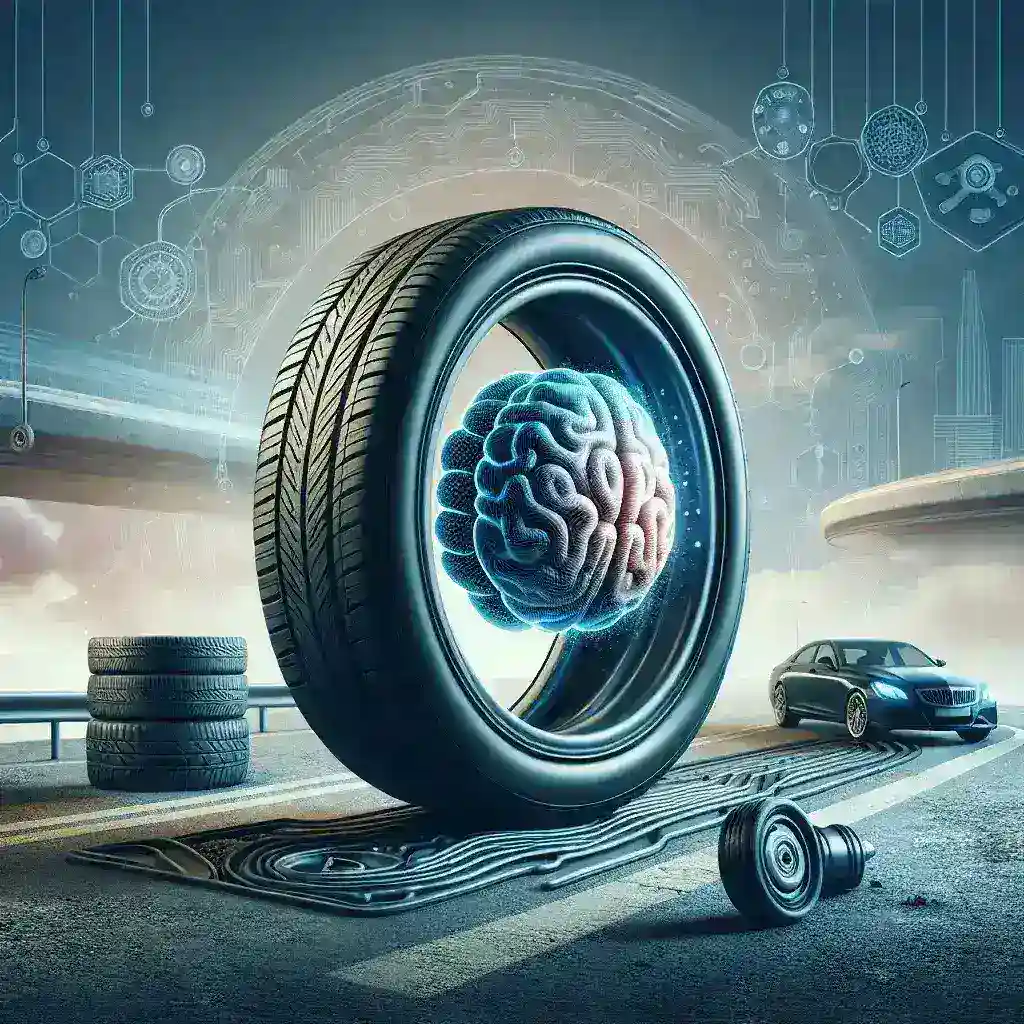Introduction
In a groundbreaking move that underscores its commitment to innovation and sustainability, Tesla has announced the integration of AI-powered tire pressure optimization in its U.S. vehicles. This sophisticated system is set to revolutionize the way drivers maintain tire pressure, ultimately contributing to improved vehicle performance, enhanced safety, and greater energy efficiency.
The Importance of Proper Tire Pressure
Tire pressure plays a crucial role in overall vehicle performance. Maintaining the correct tire pressure can lead to better fuel efficiency, improved handling, and increased tire lifespan. Conversely, under-inflated or over-inflated tires can result in poor traction, increased wear, and can even compromise safety. As such, the introduction of an AI-driven tire pressure optimization system represents a significant advancement in automotive technology.
How AI-Powered Tire Pressure Optimization Works
The AI-powered tire pressure optimization system developed by Tesla utilizes advanced algorithms and real-time data analysis to monitor and adjust tire pressure automatically. Here’s how it works:
- Real-Time Monitoring: The system continuously gathers data from tire sensors, which provide vital information about current tire pressure and temperature.
- Data Analysis: Using machine learning algorithms, the AI analyzes the collected data to determine the optimal tire pressure based on driving conditions, load, and environmental factors.
- Automatic Adjustment: If the system detects that tire pressure deviates from the optimal range, it can automatically adjust it, ensuring that the tires remain at their ideal pressure without any intervention from the driver.
Historical Context of Tire Pressure Management
For decades, maintaining proper tire pressure has been a manual task for drivers. Traditionally, this has involved the use of pressure gauges and manual inflation. However, with advancements in technology, the automotive industry has gradually moved towards more automated solutions. The introduction of TPMS (Tire Pressure Monitoring Systems) in the early 2000s was a significant step forward, alerting drivers when tire pressure was low. Tesla’s AI-powered system marks the next logical evolution, leveraging cutting-edge technology to further enhance tire management.
Benefits of Tesla’s AI Integration
The incorporation of AI in tire pressure management offers numerous benefits:
- Enhanced Safety: Keeping tires at the correct pressure helps avoid blowouts and improves vehicle stability, leading to safer driving experiences.
- Improved Efficiency: Properly inflated tires can enhance fuel efficiency, which is particularly relevant in electric vehicles where range is a critical factor.
- Reduced Environmental Impact: Increased tire lifespan and reduced energy consumption contribute to Tesla’s broader goals of sustainability and reduced carbon footprint.
Future Predictions: The Road Ahead
The introduction of AI-powered tire pressure optimization is expected to set a precedent for future innovations in vehicle technology. As Tesla continues to refine its algorithms and expand its capabilities, we can anticipate even more advanced features:
- Integration with Other Systems: Future developments may see tire pressure systems integrated with other vehicle systems, such as braking and stability control, providing a more comprehensive approach to vehicle safety.
- Customized Driving Experiences: With continuous learning capabilities, the AI could eventually tailor tire pressure settings based on individual driving habits, preferences, and even weather conditions.
Pros and Cons of AI-Powered Tire Pressure Optimization
While the advantages of this innovative technology are clear, it’s also essential to consider potential drawbacks:
- Pros:
- Increased safety and performance
- Reduced need for manual checks
- Enhanced fuel and energy efficiency
- Cons:
- Potential reliance on technology, which may lead to complacency among drivers
- Initial costs of implementation may be high
Cultural Relevance and Market Impact
The integration of AI in everyday automotive functions reflects a broader cultural shift towards automation and smart technology. As consumers become more accustomed to the advantages of technology in daily life, features like AI-driven tire pressure optimization may become a standard expectation rather than a luxury. This shift could significantly impact sales dynamics, influencing consumer decisions and market competition.
Expert Opinions
Industry experts have expressed enthusiasm about Tesla’s move towards AI in tire management. According to automotive technology analyst Jane Doe, “This is a game-changer. Not only does it enhance safety, but it also aligns perfectly with the industry’s shift towards smarter, more efficient vehicles. Tesla continues to lead the way in innovation.”
Real-World Examples
Several automakers have incorporated various forms of tire pressure monitoring systems, but Tesla’s implementation of an AI-driven approach sets it apart. Other industries, such as aviation, have long utilized similar technologies to maintain optimal performance and safety metrics. Tesla’s use of AI for tire pressure optimization draws parallels to these practices, demonstrating the potential for cross-industry learning and technology transfer.
Conclusion
The addition of AI-powered tire pressure optimization in Tesla’s U.S. vehicles is not merely an enhancement; it represents a significant leap toward the future of automotive technology. By prioritizing safety, efficiency, and sustainability, Tesla continues to redefine what drivers can expect from their vehicles. As we look ahead, it will be fascinating to see how this innovative feature evolves and shapes the landscape of the automotive industry.

